As far as sailing goes, it had been a summer of frustrations for me, with one boating trip after another canceled or cut short while I dealt with life ashore. A series of job interviews seemed to be heading nowhere I wanted to go. My house was an affliction of leaking faucets, sagging gutters, and wildly overgrown hedges, and the car wasn’t much better—wheel bearings, transmission, tires, all the tedious consequences of chronically unenthusiastic maintenance arriving all at once. Then an unexpected funeral brought me back early from a solo cruise on Georgian Bay. I kept hoping that one morning all these unwelcome obligations would drain away like an ebbing tide, leaving me free to hoist a sail and set out along the margins of the world to find a place where the water’s crooked fingers had dug deep into something worth seeing.A cold and rainy September seemed likely to finish the dreary season entirely. But then a narrow window of freedom opened unexpectedly just as the weather promised to improve, and I was off with my boat and a pile of camping gear before complications could arise, with no clear destination in mind except “away.” A quick look at a rest-stop road map an hour down the road reminded me of a sprawling lake system in northern Wisconsin, 15 miles from the Michigan border, created by a dam at the confluence of the Turtle and Flambeau rivers. I hadn’t been there for a couple of years, which seemed like reason enough to make it my destination now. After a phone call to convince my brother Lance to meet me there with his Phoenix III for a few days, I was moving again. “The life of a wise man is most of all extemporaneous,” Thoreau assures his readers, and by this definition I am nothing if not wise. .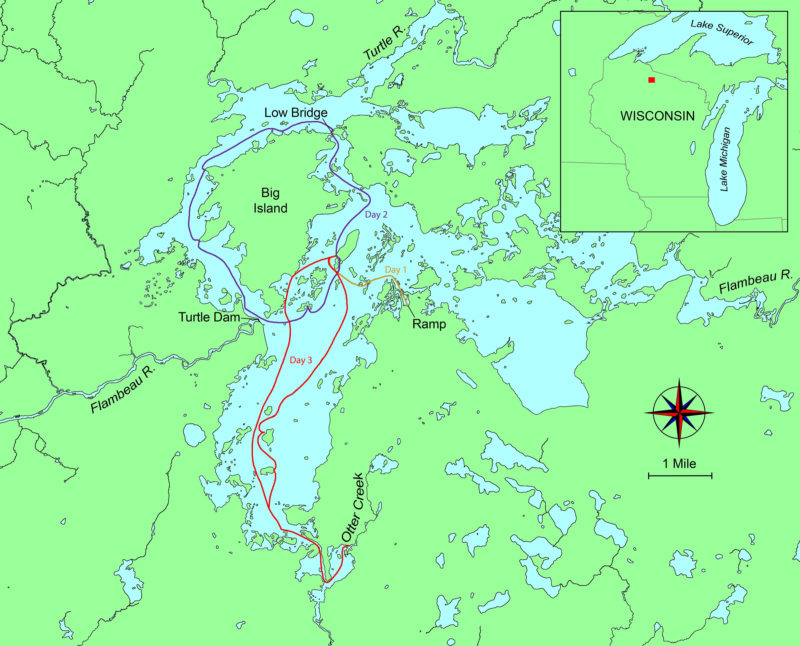 Roger Siebert
Roger Siebert
Join The Conversation
We welcome your comments about this article. To include a photo with your remarks, click Choose File below the Comment box.


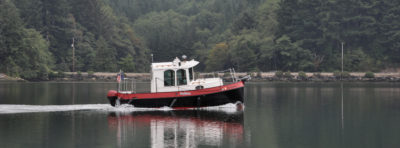
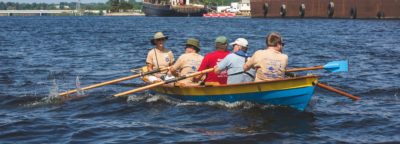
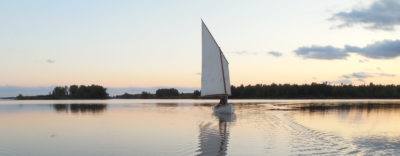
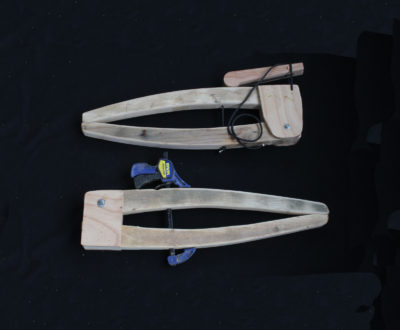
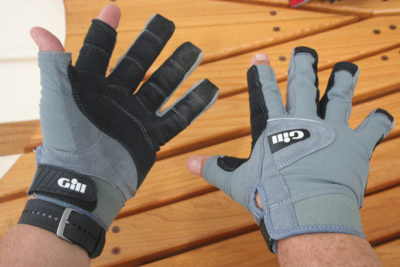
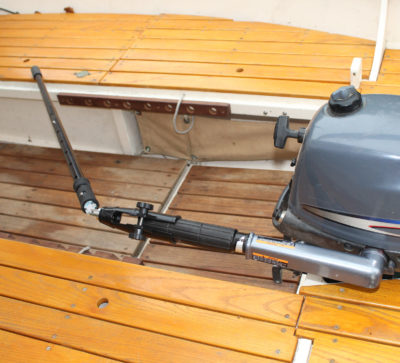
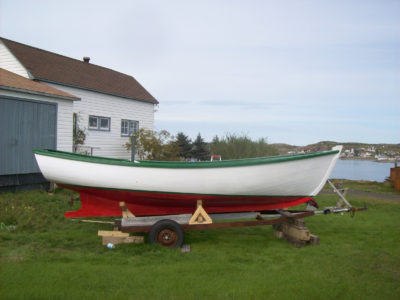
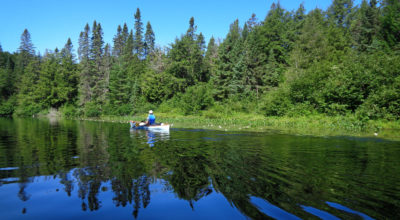
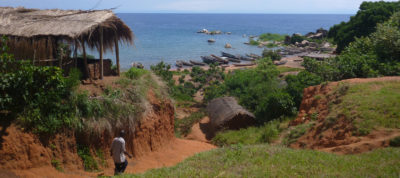
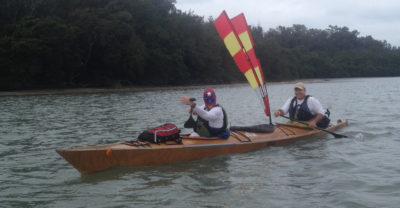

Tom, thank you for another wonderful sail-and-oar exploration.
Chris
Very nice article. Looking forward to rowing and camping on the Turtle-Flambeau in the Gunning Dory that Roger Crawford will be building for me this winter. My father’s people have been in central Wisconsin since the Civil War.
I fished that flowage decades ago. Time to go back with a small boat!
I’m pretty sure I store my boat for the winter in the same shed as your brother stores his. How many “Leenhouts” can there be in Wisconsin, after all? (Don’t know if you remember meeting me, but I interviewed you in Port Townsend while writing an article about John Welsford back in 2011).
By all means, take a boat back there someday. It’s a great place to explore.
That Bolger Oyster Skiff was in Pete’s garage when I first stayed there. It took Pete and I a couple more visits to get it finished off; looked really handsome when we’d done. It was a real pleasure to work on it with him.
Isn’t it odd how connected we are in such very unexpected ways.
John Welsford
Tom,
Thanks for this glimpse at a sail-and-oar destination that is not one of the usual suspects.
Great trip!
Thanks for the comments, everyone. If you’re ever around northern Wisconsin with a boat, the Turtle-Flambeau is definitely worth a trip.
Thanks, Tom. You are an artist with words, camera, and a small boat.
Thanks for the kind words—much appreciated. Just don’t forget I have the help of a good editor at SBM!
Looks like a great trip. I’ve spent many years there but never sailed.
Can you describe the two sail boats (name of plan?) in case I wanted to build one of them?
You can read a bit about Tom’s boat, a Don Kurylko-designed Alaska, here, in an entry on Tom’s web site.
The Phoenix III is designed by Ross Lillistone and plans and information about the design are available from Ross and Duckworks.
Christopher Cunningham, editor, Small Boats
Chris already replied with design information on the two boats–thanks for that. The Alaska designer doesn’t have a website right now, but is still selling plans. You can contact him at [email protected]
Alaska is longer by 3′, but really both boats are very similar in the amount of usable interior space they provide. Either could cruise two adults in decent comfort, but more would feel crowded. I prefer them each as a solo boat. I think they are both more than capable, and suitable for motivated first-time builders willing to learn as they go. Good plans and help from either designer.
FYI, those who may be interested in plans for Don Kurylko’s Alaska design will be interested to learn that Duckworks is now selling them, in either paper form or downloadable pdf. You can find them here, along with the designer’s own commentary about his intentions and thought processes, as well as the plans for his larger Myst design.
Tom, your writing always inspires me. Thank you. This article confirms, in my mind at least, that I am not alone in my appreciation of gentle solitude. Your story has come to me after a recent re-reading of L. Francis Herreshoff’s essay, “The Dry Breakers.” I owe you both a debt of gratitude.
Ross, thanks for the kind words—much appreciated. And of course, without designers like you and Don Kurylko (among many many others) to draw boats that inspire and make possible this kind of travel, we sailors would have to go back to backpacking. I much prefer letting a good boat do the carrying these days!
Great reminder of good sailing waters in Wisconsin. I’ll need to head north this summer.
A great story, well told. Thank you. I had great fun exploring those waters on Google Earth as I savored the trip in my armchair.
Google Earth is a great tool for armchair voyaging, to be sure! Thanks for the kind words; I’m glad you enjoyed the article. Getting close to time for another trip in the north woods for me now that May is here.
I am inspired by your article and my daughter and I are planning to ditch our fall backpack trip for sail camping in the Flambeau. Love this: “… moving so slowly that each boat seemed to be floating atop an impressionistic portrait of itself, Monet trading his lilies for lugsails.”
I am just hearing about SBM and hope to uncover more of your writing.
As I am discovering dinghy camping, it seems that the Brits, French, and Australians are more organized and enthusiastic. I hope to find more about dinghy cruising and camping in the Great Lakes region.